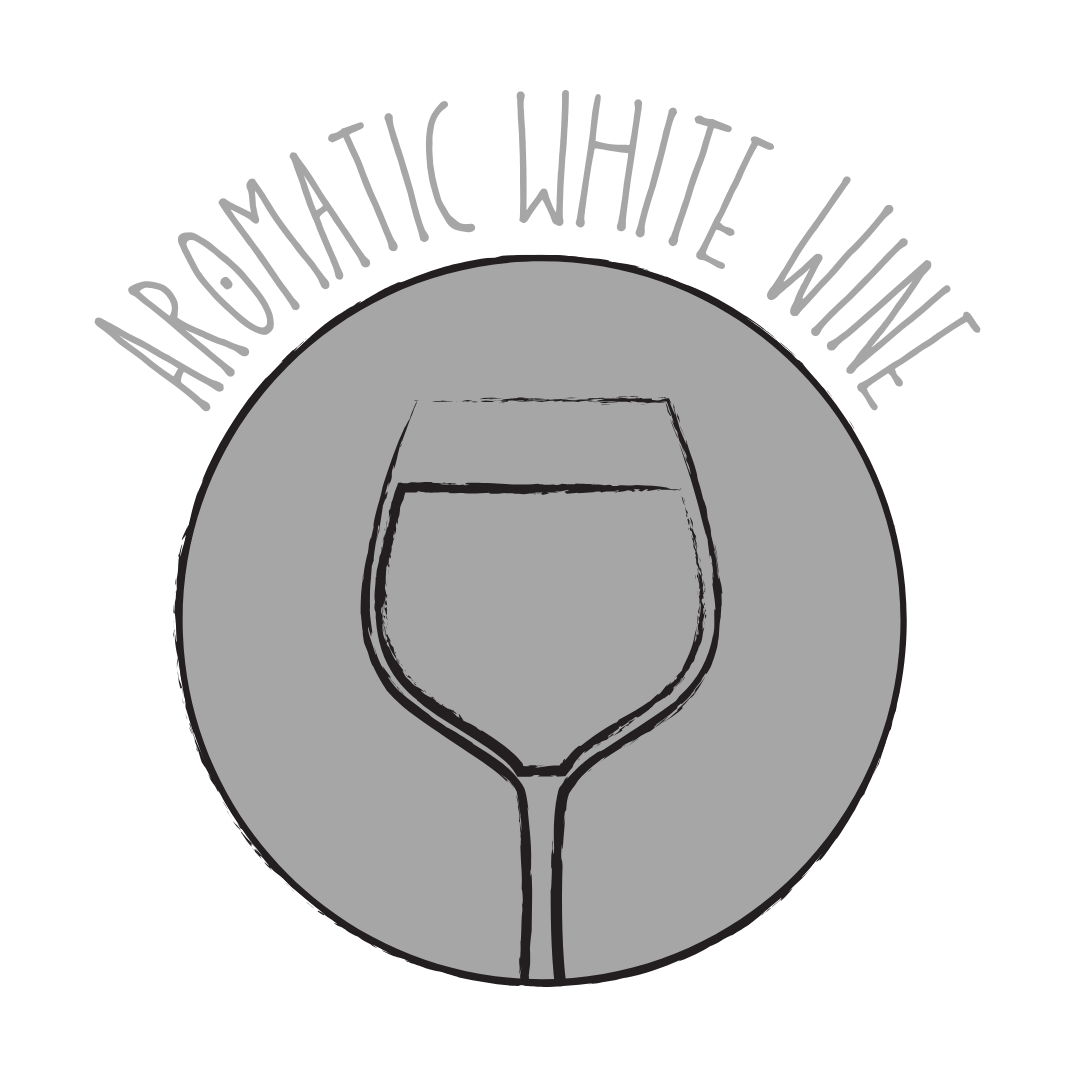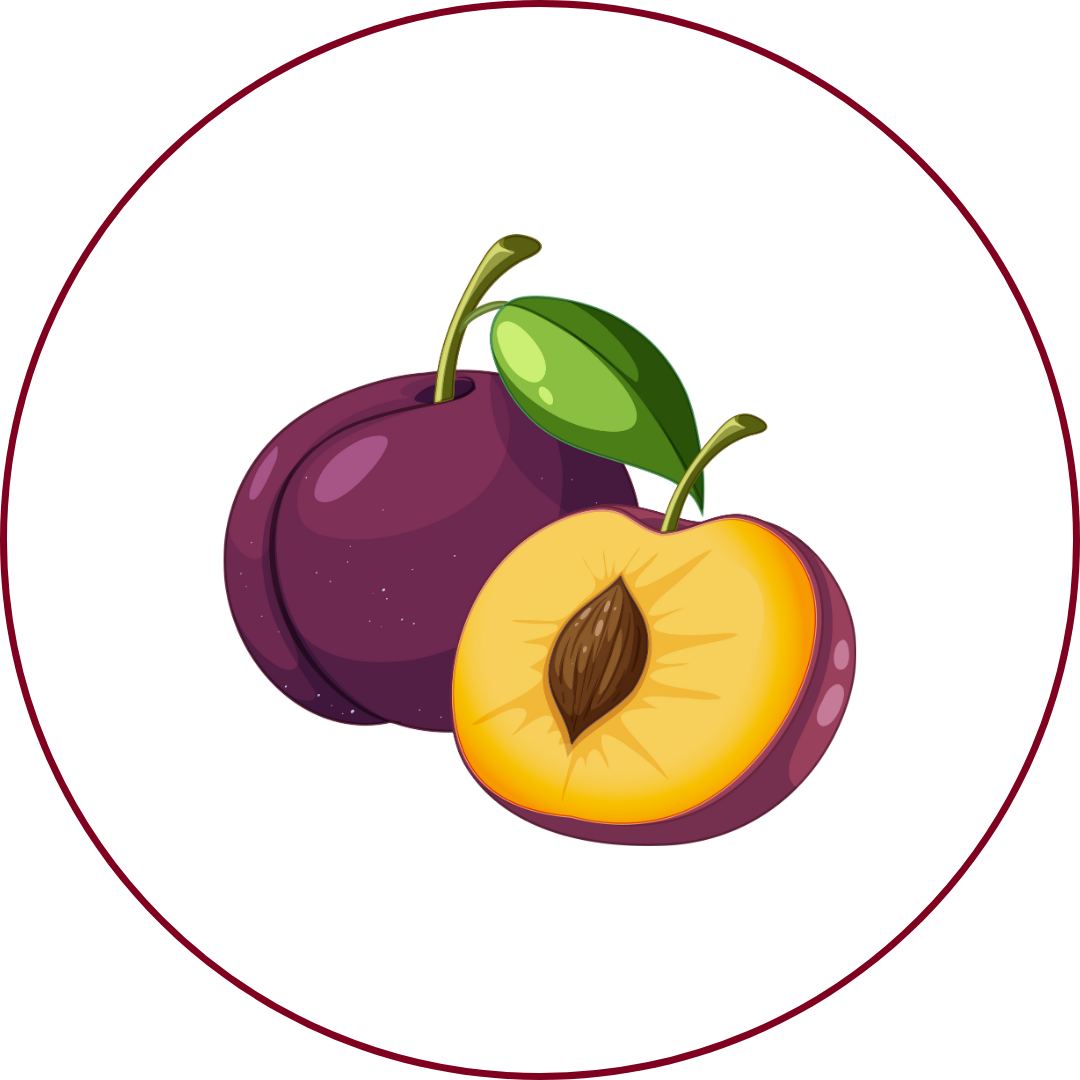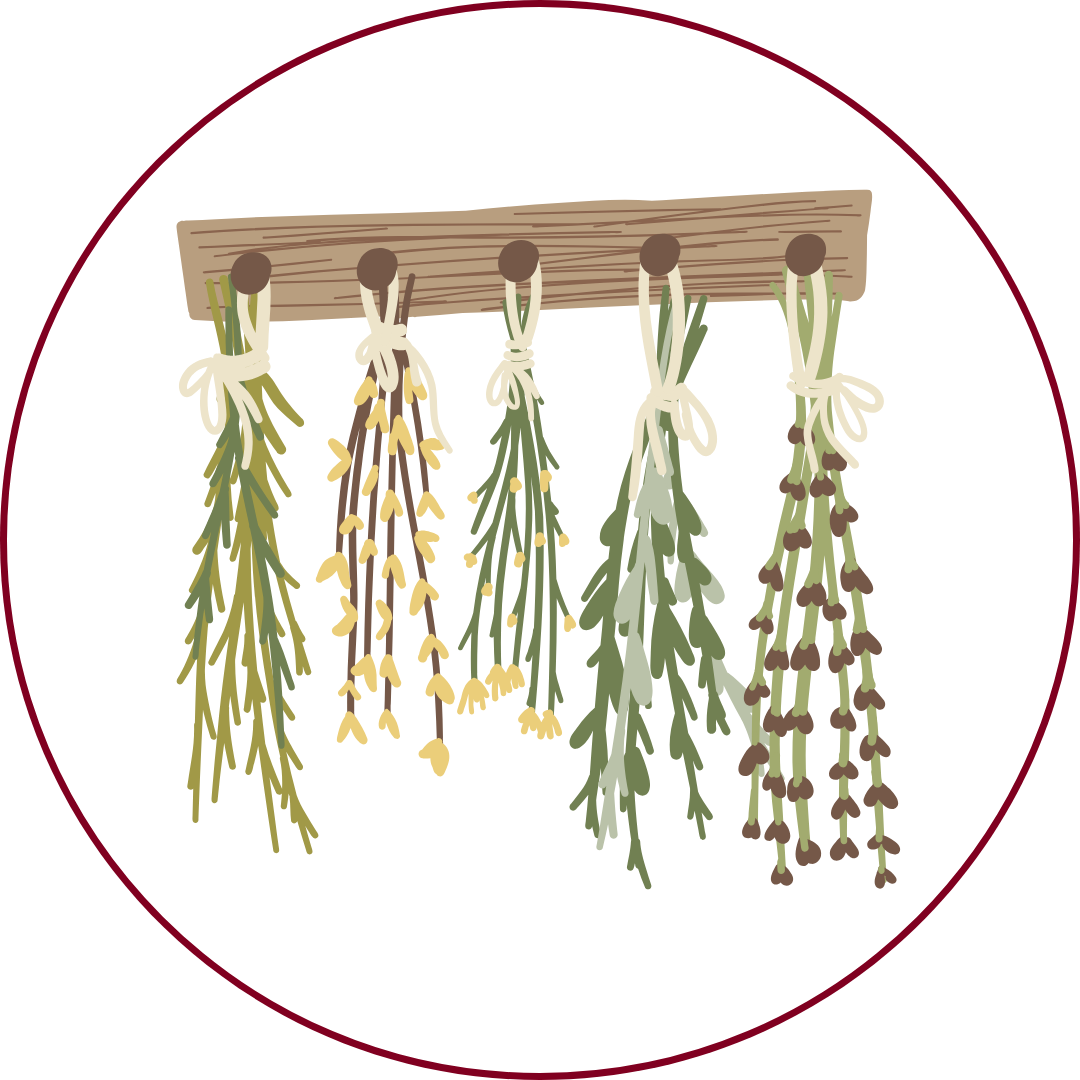Grape Variety
Garnacha
"gar-NAH-cha"
Wine Styles
 Sparkling
Sparkling Light White
Light White Full White
Full White Aromatic
Aromatic Rosé
Rosé Light Red
Light Red Medium Red
Medium Red Full Red
Full Red Dessert
DessertAbout Garnacha
Origin
Aragón, Spain
History
Garnacha, known as Grenache in France, is believed to have originated in the Aragón region of northern Spain. It spread to other parts of Spain, including Catalonia and Navarra, and across the Pyrenees to southern France, particularly Languedoc-Roussillon and the Rhône Valley. The grape's adaptability led to its cultivation in various regions worldwide, including Sardinia (as Cannonau), Australia, and California. Historically, Garnacha has been valued for its ability to produce high yields and thrive in hot, dry climates. In recent years, there has been a renewed interest in producing high-quality, old-vine Garnacha wines, particularly in Spain and France.
Appearance
Medium-sized, thin-skinned berries with a deep purple hue, forming loose clusters.
Growing Traits
Garnacha is a vigorous and hardy vine, well-suited to hot, dry conditions. It ripens late, requiring a long growing season to reach full maturity. The grape's thin skin makes it susceptible to diseases like downy mildew and botrytis bunch rot, necessitating careful vineyard management. Garnacha's adaptability allows it to thrive in a variety of soil types, though it particularly excels in well-drained, stony soils.
Wine Characteristics
Body
4/5
Sweetness
1/5
Tannin
3/5
Acidity
3/5
Alcohol
4/5
Medium to full-bodied with a rich and robust character, offering a smooth and velvety texture. Typically dry, though some styles, such as fortified or late-harvest wines, can exhibit sweetness. Medium tannin levels, providing structure without overwhelming the palate. Medium acidity, contributing to its balance and food-pairing versatility. Moderate to high alcohol content, typically ranging between 13.5% and 16%, reflecting its propensity to develop high sugar levels.
Taste Profile

Red Fruits

Plum

Smoke

Leather

Dried Herbs

Blood Orange
Garnacha wines are characterized by ripe red fruit flavors, such as stewed strawberry and grilled plum, complemented by notes of leather, dried herbs, and blood orange. The wines often exhibit a subtle spiciness and earthy undertones. The grape's tendency to develop high sugar levels can result in wines with elevated alcohol content, contributing to a warm, full-bodied mouthfeel.
Food Pairing
Garnacha's rich fruit flavors and balanced structure make it a versatile companion for a variety of dishes. It pairs well with grilled meats, stews, and roasted vegetables. The wine's moderate tannins and acidity complement dishes featuring Mediterranean herbs, such as rosemary and thyme. Garnacha also pairs nicely with aged cheeses and charcuterie. In its rosé form, it complements lighter fare, including seafood and salads.
Growing Regions

Spain
Aragón (Campo de Borja, Calatayud, Cariñena)Catalonia (Priorat, Montsant)NavarraRioja

France
Rhône Valley (Châteauneuf-du-Pape, Gigondas)Languedoc-RoussillonProvence

Italy
Sardinia (as Cannonau)

Australia
Barossa ValleyMcLaren Vale

United States
California (Central Coast, Paso Robles)
Notable Wines & Producers
Châteauneuf-du-Pape
Château de Beaucastel
Domaine du Vieux Télégraphe
Priorat
Alvaro Palacios
Clos Mogador
Cannonau di Sardegna
Sella & Mosca
Cantina Sociale di Dorgali
Garnacha FAQ
Common questions about this grape variety
What is the origin of Garnacha?
+
Aragón, Spain
Is Garnacha wine full bodied?
+
Garnacha has a body level of 4 out of 5. Which means that Garnacha is Moderate to Full bodied.
Is Garnacha wine dry or sweet?
+
Garnacha has a dryness level of 1 out of 5. Which means that Garnacha is Dry.
Where is Garnacha wine from?
+
Aragón, Spain
Where is Garnacha grown?
+
Garnacha is grown in Spain (Aragón (Campo de Borja, Calatayud, Cariñena), Catalonia (Priorat, Montsant), Navarra, Rioja)France (Rhône Valley (Châteauneuf-du-Pape, Gigondas), Languedoc-Roussillon, Provence)Italy (Sardinia (as Cannonau))Australia (Barossa Valley, McLaren Vale)United States (California (Central Coast, Paso Robles)).
What is Garnacha like?
+
Garnacha wines are characterized by ripe red fruit flavors, such as stewed strawberry and grilled plum, complemented by notes of leather, dried herbs, and blood orange. The wines often exhibit a subtle spiciness and earthy undertones. The grape's tendency to develop high sugar levels can result in wines with elevated alcohol content, contributing to a warm, full-bodied mouthfeel.
What does Garnacha pair with?
+
Garnacha's rich fruit flavors and balanced structure make it a versatile companion for a variety of dishes. It pairs well with grilled meats, stews, and roasted vegetables. The wine's moderate tannins and acidity complement dishes featuring Mediterranean herbs, such as rosemary and thyme. Garnacha also pairs nicely with aged cheeses and charcuterie. In its rosé form, it complements lighter fare, including seafood and salads.
What does Garnacha taste like?
+
Garnacha wines are characterized by ripe red fruit flavors, such as stewed strawberry and grilled plum, complemented by notes of leather, dried herbs, and blood orange. The wines often exhibit a subtle spiciness and earthy undertones. The grape's tendency to develop high sugar levels can result in wines with elevated alcohol content, contributing to a warm, full-bodied mouthfeel.
Take Garnacha Knowledge with You
Access detailed grape profiles, tasting notes, and pairing suggestions on your iPhone.
Download on theApp Store